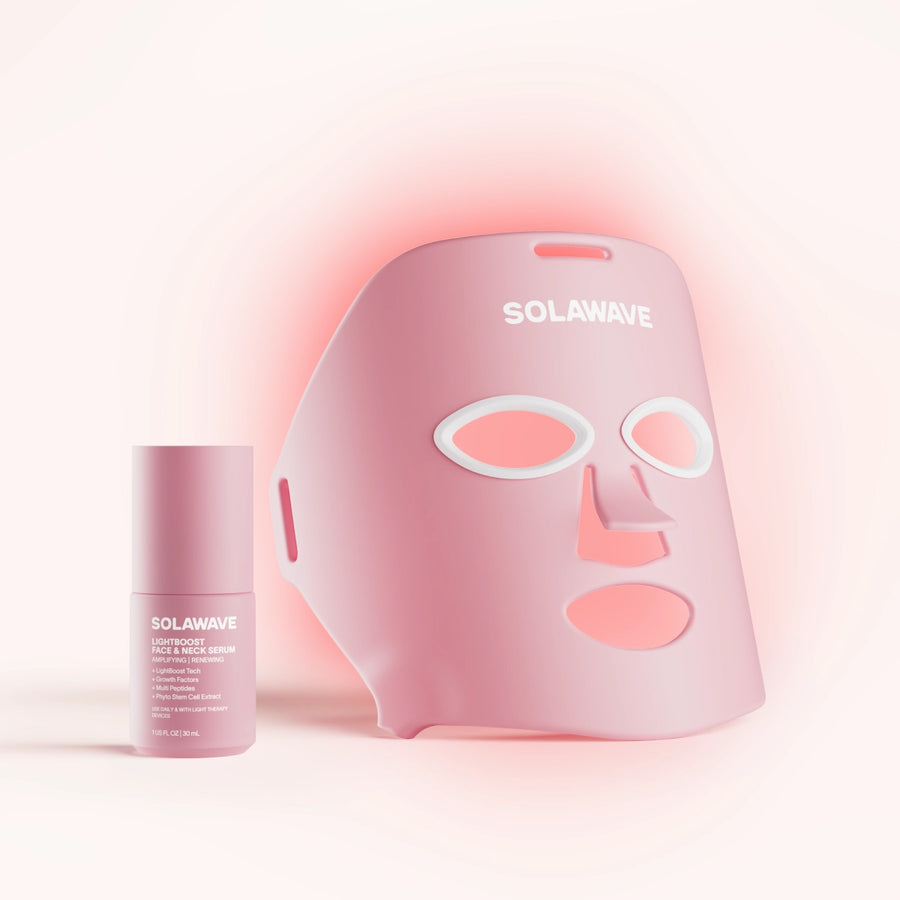 $126 Savings
$126 Savings

You’re attempting to view exclusive content only for members in the __tier_name__.
Already have an account? Sign in
You’re attempting to view exclusive content only for members in the __tier_name__.
Already have an account? Sign in
Labor Day Sale Ends Monday: Up to $150 Off
726,000+ happy customers
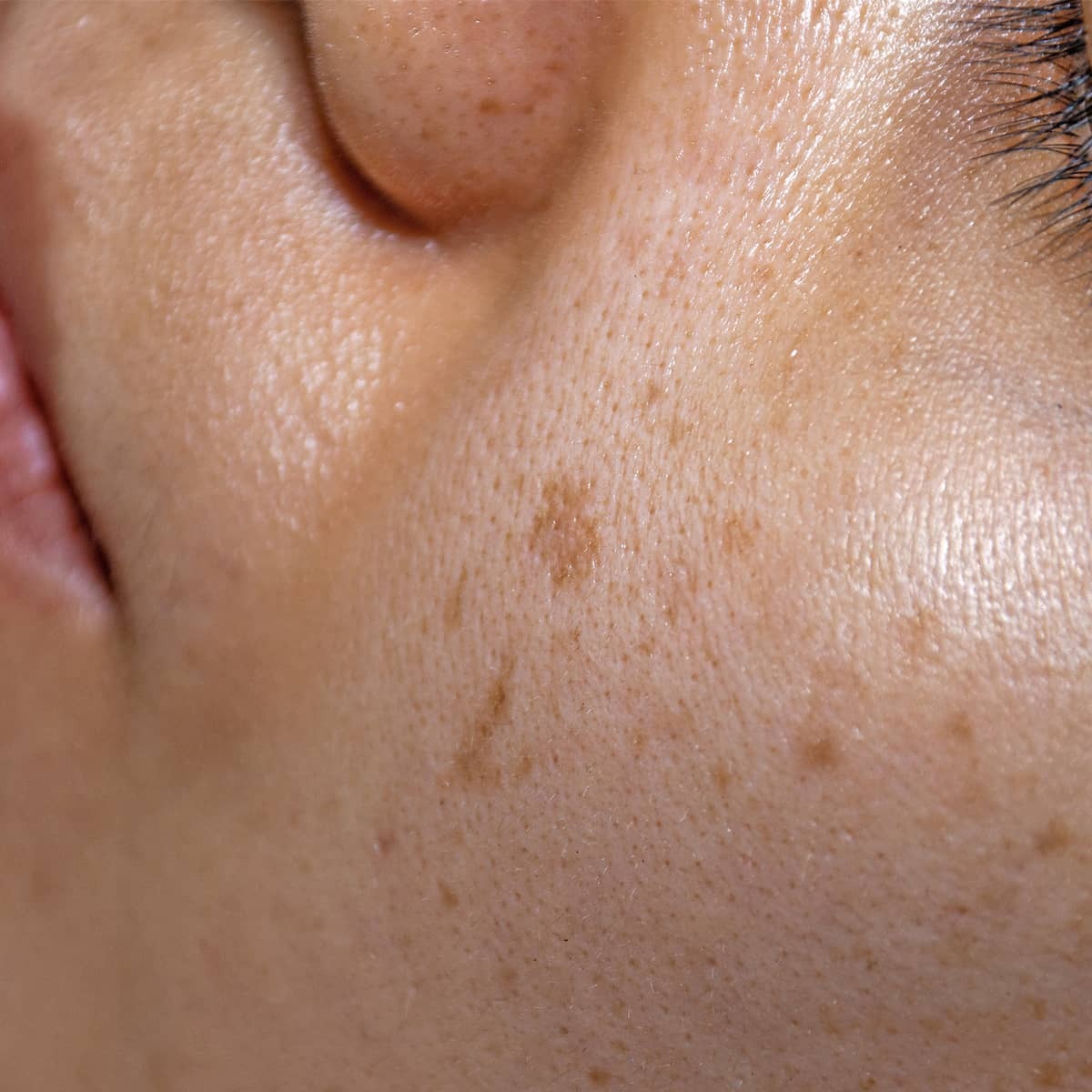
Hyperpigmentation is a common skin concern that occurs when certain areas of your skin become darker than the surrounding skin. This darkening happens due to an excess production of melanin, the natural pigment responsible for your skin, hair, and eye color. While hyperpigmentation itself is not harmful, it can be distressing for many people who want a more even skin tone.
Melasma: This type often appears as brown or gray-brown patches, usually on the face. Melasma is more common in women and is often linked to hormonal changes, such as pregnancy or birth control use.
Sun Spots (Solar Lentigines): Also known as age spots or liver spots, these flat, brown spots develop on areas of your skin that get frequent sun exposure, like your face, hands, shoulders, and arms.
Post-Inflammatory Hyperpigmentation (PIH): This occurs after your skin has been injured or inflamed, such as from acne, eczema, or a cut. The affected area may heal with a dark spot that can linger for weeks or months.
Freckles: Small, flat, brown marks that are usually genetic but can become more pronounced with sun exposure.
 $126 Savings
$126 Savings

The most common causes of hyperpigmentation include:
Sun Exposure: Ultraviolet (UV) rays from the sun stimulate your skin to produce more melanin as a way to protect itself. Over time, this can lead to sun spots and uneven skin tone.
Hormonal Changes: Fluctuations in hormones, especially during pregnancy (often called the “mask of pregnancy” or chloasma), or from taking birth control pills, can trigger melasma.
Inflammation: Any injury or inflammation to your skin—such as acne, eczema, or psoriasis—can result in post-inflammatory hyperpigmentation as your skin heals.
Medications: Certain medications, including some antibiotics, chemotherapy drugs, and antimalarials, can cause hyperpigmentation as a side effect.
Genetics: Some people are simply more prone to developing hyperpigmentation due to their genetic makeup.
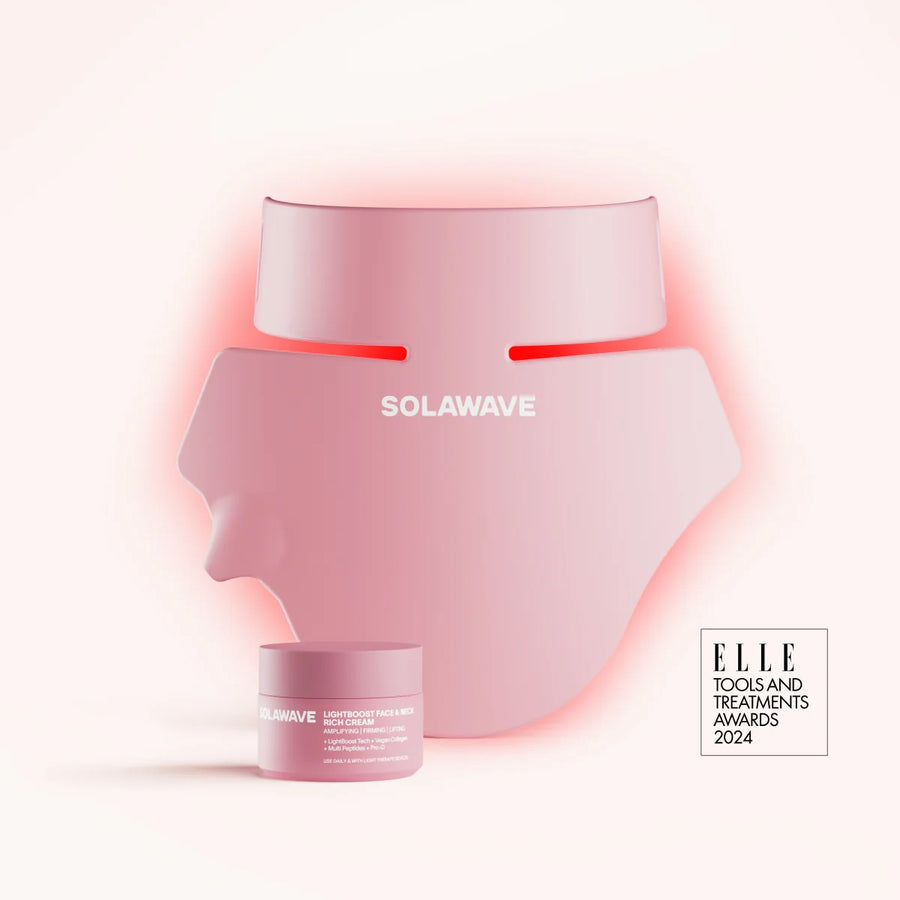 $152 Savings
$152 Savings
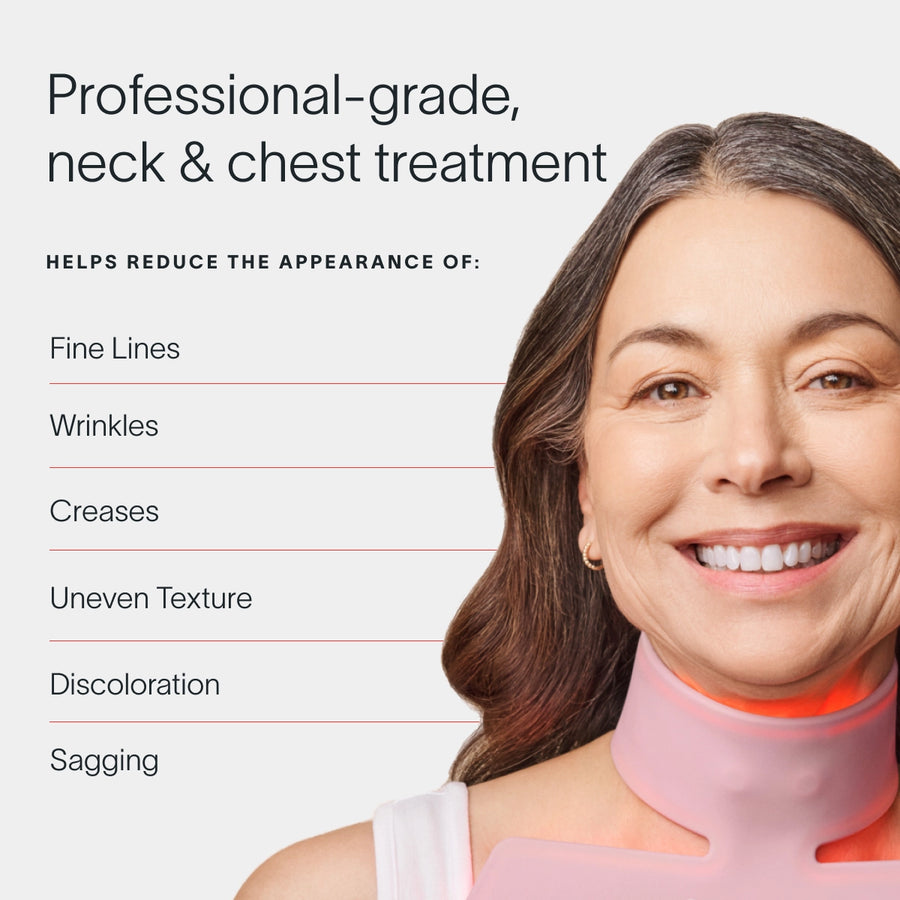
Your skin contains cells called melanocytes, which are responsible for producing melanin. When your skin is exposed to triggers like UV light, hormones, or inflammation, these melanocytes can become overactive and produce excess melanin. This extra pigment can then accumulate in certain areas, leading to visible dark spots or patches.
The process is gradual, and hyperpigmentation can develop over weeks or months. In some cases, the pigment may fade on its own, but often it persists without targeted intervention. The depth of the pigment in your skin also affects how easy it is to treat—pigment closer to the surface is generally easier to address than pigment that sits deeper in the skin.
If you’re dealing with hyperpigmentation, there are several dermatologist-recommended methods that can help you achieve a more even skin tone. While results can take time and consistency is key, these approaches are supported by scientific evidence and clinical experience.
Hydroquinone: This is one of the most commonly prescribed ingredients for fading hyperpigmentation. Hydroquinone works by inhibiting the enzyme responsible for melanin production. It’s available in both over-the-counter and prescription strengths, but should be used under the guidance of a dermatologist due to potential side effects with long-term use.
Retinoids (Tretinoin, Retinol): Retinoids speed up cell turnover, helping to shed pigmented skin cells and promote the growth of new, evenly pigmented cells. They can also help with acne, which is a common trigger for post-inflammatory hyperpigmentation.
Vitamin C: This antioxidant not only brightens the skin but also interferes with melanin production. Topical vitamin C serums are popular for their ability to lighten dark spots and protect against further sun damage.
Azelaic Acid: Often used for acne and rosacea, azelaic acid also helps fade dark spots by inhibiting melanin production and reducing inflammation.
Other Ingredients: Kojic acid, licorice extract, and niacinamide are also found in many over-the-counter products designed to target hyperpigmentation.
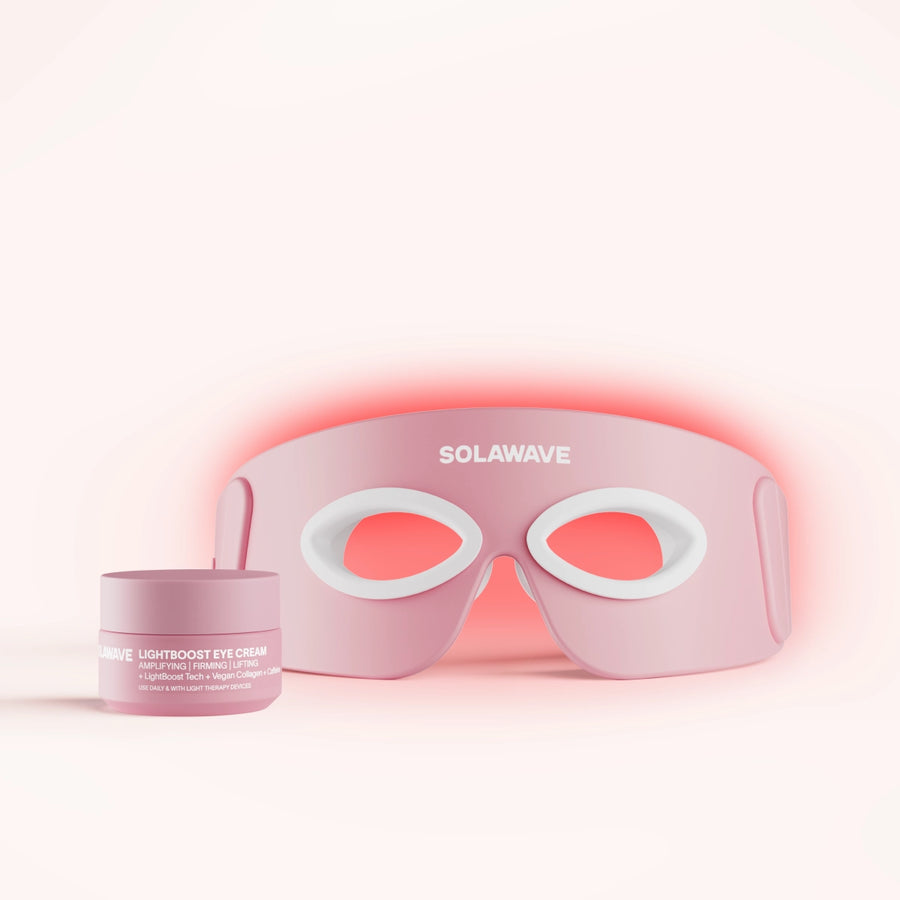 $104 Savings
$104 Savings
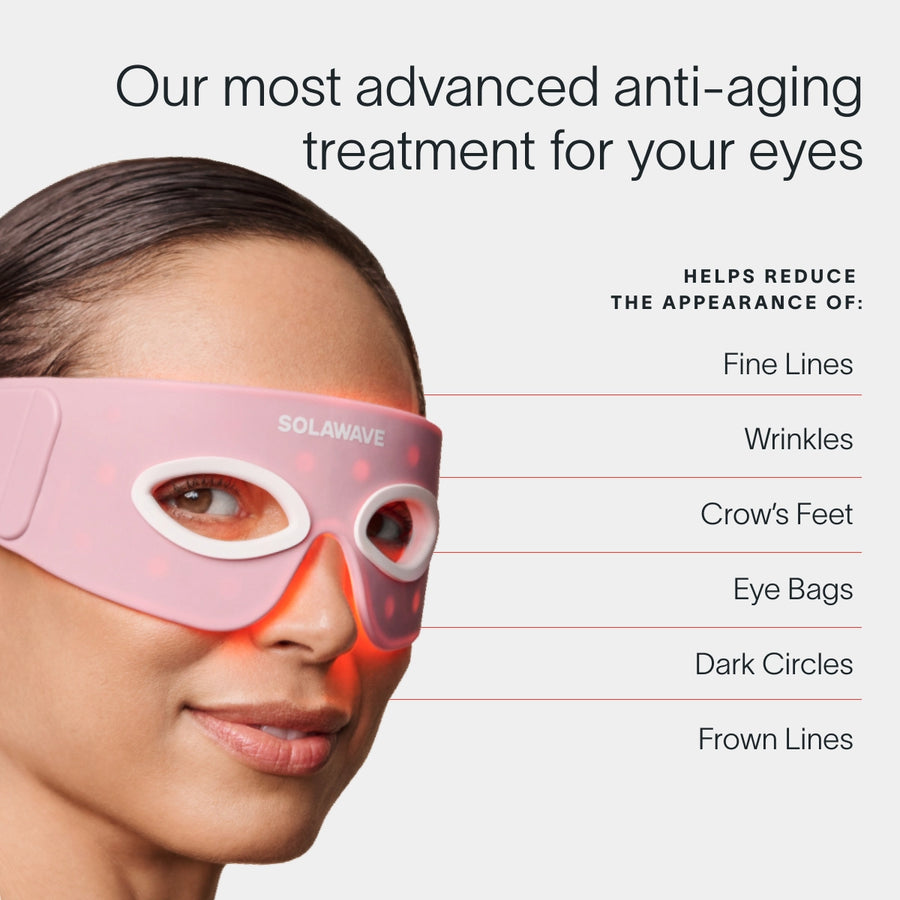
Chemical Peels: These treatments use acids (like glycolic, lactic, or salicylic acid) to exfoliate the outer layer of your skin, helping to remove pigmented cells and reveal fresher, more evenly toned skin underneath. Chemical peels can range from mild to deep, depending on your needs and skin type.
Microdermabrasion: This minimally invasive procedure uses tiny crystals or a diamond-tipped wand to gently exfoliate the skin’s surface. It can help improve mild hyperpigmentation and give your skin a smoother appearance.
Laser Treatments: Certain lasers target melanin directly, breaking up pigment so your body can naturally remove it. These treatments are highly effective for some types of hyperpigmentation, but they must be performed by experienced professionals to avoid side effects, especially in darker skin tones.
Intense Pulsed Light (IPL): IPL uses broad-spectrum light to target pigment in the skin. It’s often used for sun spots and freckles, but may not be suitable for all skin types.
Sun exposure is the leading cause of hyperpigmentation and can worsen existing dark spots. Daily use of a broad-spectrum sunscreen with SPF 30 or higher is essential, even on cloudy days or when you’re indoors near windows. Reapplying every two hours when outdoors, wearing protective clothing, and seeking shade can further protect your skin and help prevent new spots from forming.
![A rose gold SolaWave [BINAERY] 4-in-1 Radiant Renewal Skincare Wand stands by a serum bottle, highlighting advanced skin technology for reducing fine lines. Award badges from leading magazines are displayed to the right. || Rose Gold](http://www.solawave.co/cdn/shop/files/Updated-_RadiantRenewalSkincareWandKitLightBoostSerum-RoseGold_1200x_c979c64a-44e4-4f0c-9110-00c7cd0d18f5.webp?v=1733859035&width=900) POPULAR
POPULAR

Avoid Picking at Your Skin: Picking at acne, scabs, or other lesions increases the risk of post-inflammatory hyperpigmentation.
Use Gentle Skincare Products: Harsh scrubs and irritating ingredients can worsen inflammation and pigmentation.
Maintain a Consistent Skincare Routine: Regular use of targeted treatments and sun protection is key to seeing improvement.
Eat a Balanced Diet: Antioxidant-rich foods can support overall skin health.
Hyperpigmentation can have many underlying causes, and what works for one person may not work for another. Consulting a board-certified dermatologist ensures you receive a personalized treatment plan tailored to your skin type, the cause of your pigmentation, and your lifestyle. A dermatologist can also help you avoid treatments that might worsen your condition or cause unwanted side effects.
Light Therapy uses specific wavelengths of light to support visible skin rejuvenation. The most common types of Light Therapy include Red Light Therapy, Near-Infrared Light Therapy, Blue Light Therapy, and Amber Light Therapy. Each type interacts with your skin differently, and their effects depend on the wavelength used.
Red Light Therapy uses red wavelengths to penetrate the skin’s surface, often studied for supporting skin rejuvenation and reducing the look of inflammation.
Near-Infrared Light Therapy uses slightly longer wavelengths to reach deeper tissues, with research focusing on circulation and recovery.
Blue Light Therapy targets surface bacteria and is mainly used for acne.
Amber Light Therapy is sometimes used to help reduce the look of redness and visibly even out skin tone.
Current research shows that Light Therapy may offer benefits for general skin health, such as promoting healing and reducing inflammation. Blue Light Therapy is well-established for acne, while Red Light Therapy and Near-Infrared Light Therapy are being studied for their effects on skin repair and collagen production.
When it comes to hyperpigmentation, evidence is limited. A few small studies suggest Red Light Therapy might help with skin healing and inflammation, which could indirectly support post-inflammatory hyperpigmentation. However, there is no strong clinical evidence that Red Light Therapy or any Light Therapy can directly treat or cure hyperpigmentation.
It’s important to understand that Red Light Therapy is not a proven solution for hyperpigmentation. More research is needed, and you should rely on dermatologist-recommended treatments for managing dark spots and uneven skin tone. Light Therapy may support overall skin wellness, but it should not replace evidence-based approaches for hyperpigmentation.
Hyperpigmentation is a common skin concern caused by excess melanin, with factors like sun exposure, hormones, and inflammation playing major roles. Proven ways to address hyperpigmentation include dermatologist-recommended topical treatments, professional procedures, and consistent sun protection. While Red Light Therapy and other forms of Light Therapy are being researched for their general skin health benefits, there is no strong evidence that they treat or cure hyperpigmentation. For the best results and safest care, always consult a dermatologist or qualified healthcare provider about your skin concerns and treatment options.
Sources:
Azelaic Acid: Mechanisms of Action and Clinical Applications - PMC
Intense Pulsed Light (IPL) Therapy - StatPearls - NCBI Bookshelf